Long-livers of any landscape are trees. What kinds and varieties today are most in demand, how to competently select the range and take care of garden giants, read in our interview with the landscaped consultant Andrei Lysikov
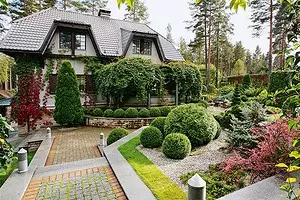
What types and varieties of trees today are most in demand, how to competently select the range and take care of garden giants, read in our interview with the landscaped consultant Andrei Lysikov
Obviously, within one, even a big article cannot be discussed all aspects of growing trees in the country site. Let's stop at the most relevant and interesting. For example, is there a fashion for those or other trees?
Yes, so we can say. If you compare the "mass" assortment, which was 10 or 20 years ago and exists today, then you can see the trend towards change. In the past, our popular fruit gardens and gardens are crowded with lawns and decorative vegetable compositions. However, if the flowers and individual decorative shrubs were also available before, then interesting conifers appeared on the market relatively recently, in the mid-90s. New opportunities made many gardeners with real fans of coniferous plants, on country areas began to collect collections from different breeds and even attempts to create coniferous gardens.
Forming more and more use of stripped forms. There are already specialized nurseries, where they are preparing a cutting planting material, whereas earlier such trees were brought from Europe. For haircuts are used as deciduous breeds (Elm, Irga, Maple, Lipa, Rowan, Hawthorn, apple tree, in the southern regions of Grab and Beech) and coniferous (spiny and ordinary spruce, pine and mountain, larch Japanese and Siberian, Korean fir , Juniper medium, thuja western). Now you can observe interest and to trees from the risk group are not sustainable in terms of winter hardiness, but spectacular from a decorative point of view. This is a holly (ostolistic and meter) with leathery glossy leaves and others are just as far as dozens of plant species, many types of magnolia.
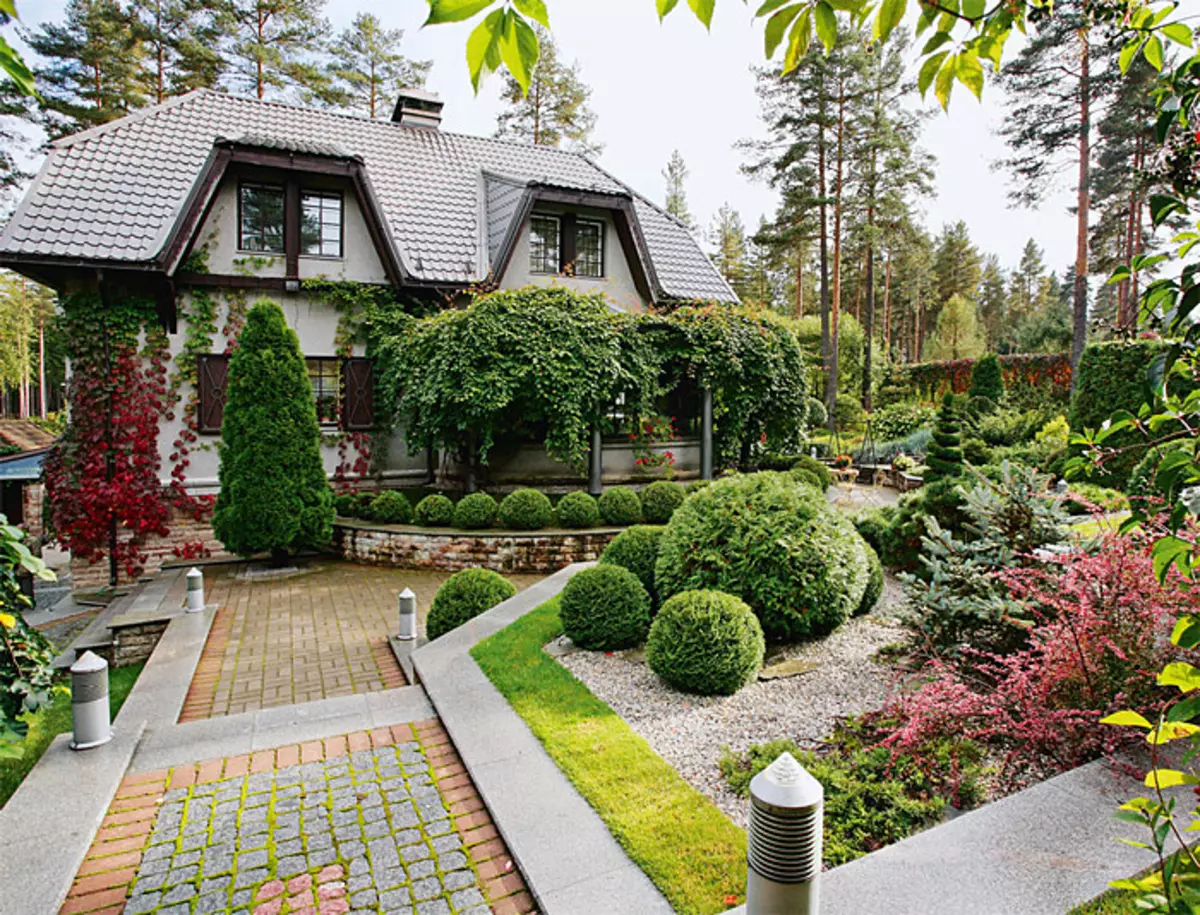
| 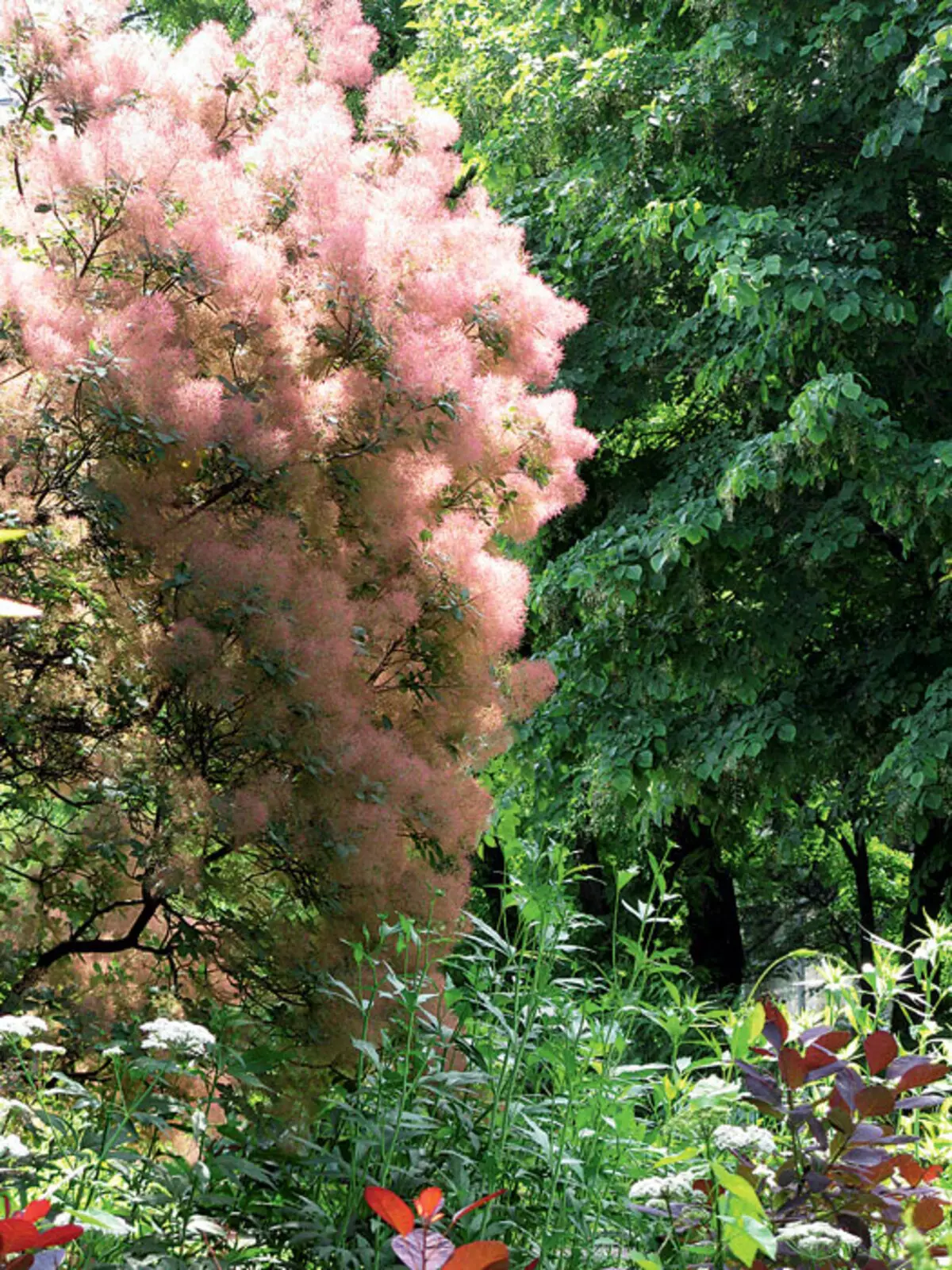
| 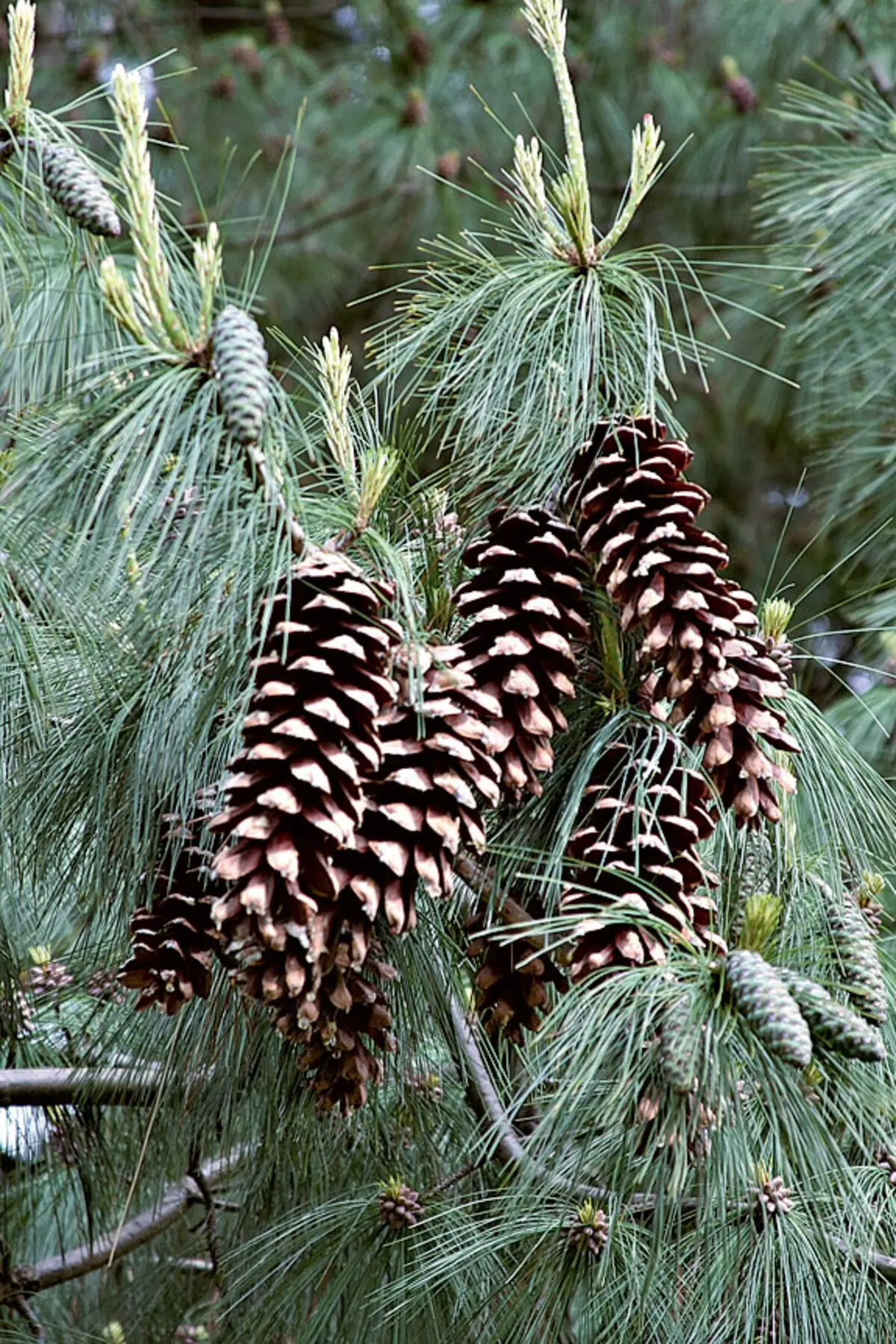
|
1-3. Large maples, lindens, elms serve as a protective canopy for the garden (1). Skumpion The leather can be formed as a tree or bush (2). Sexuals of Weymouth Expressive needles, in the gardens it is grown its low forms (3).
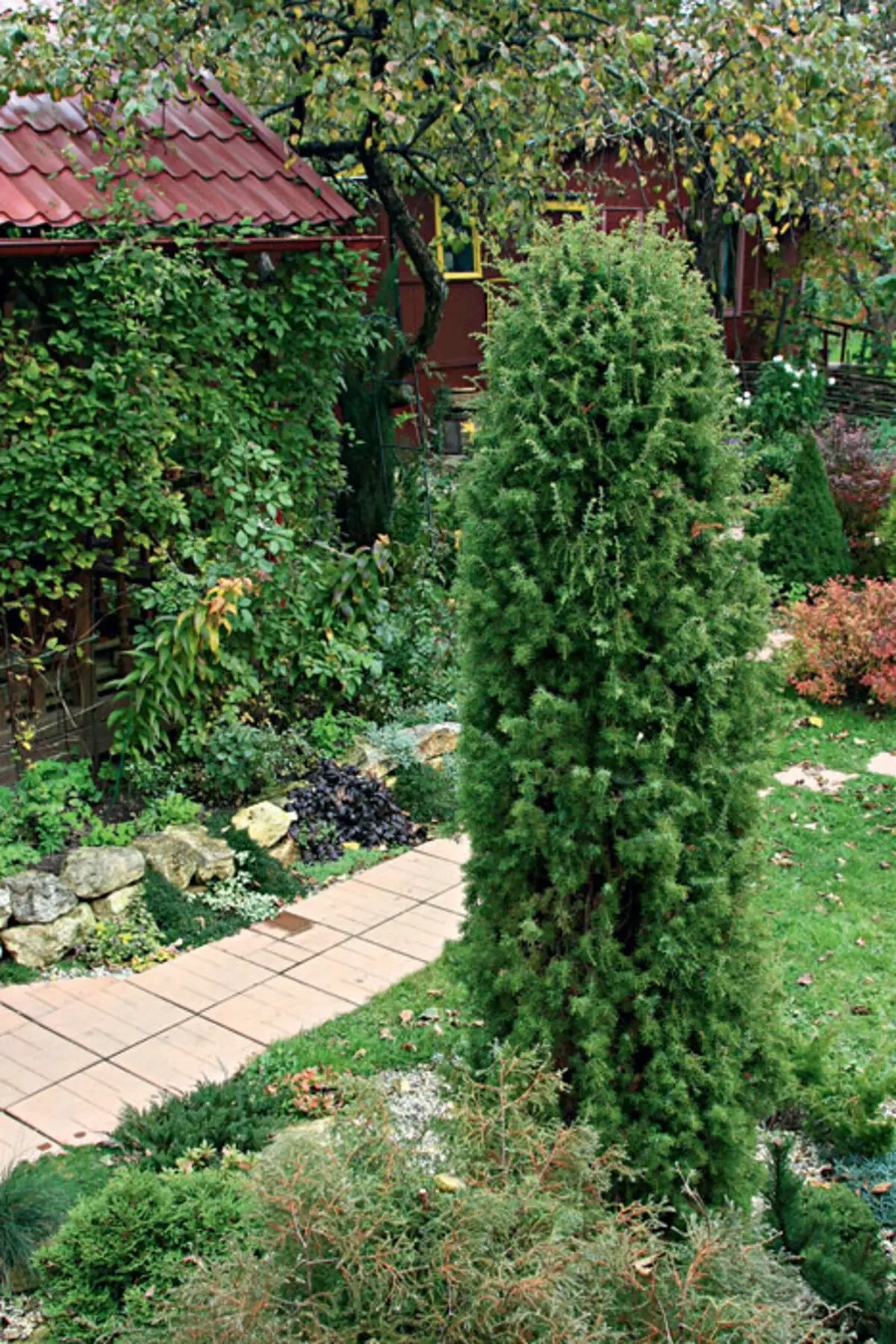
| 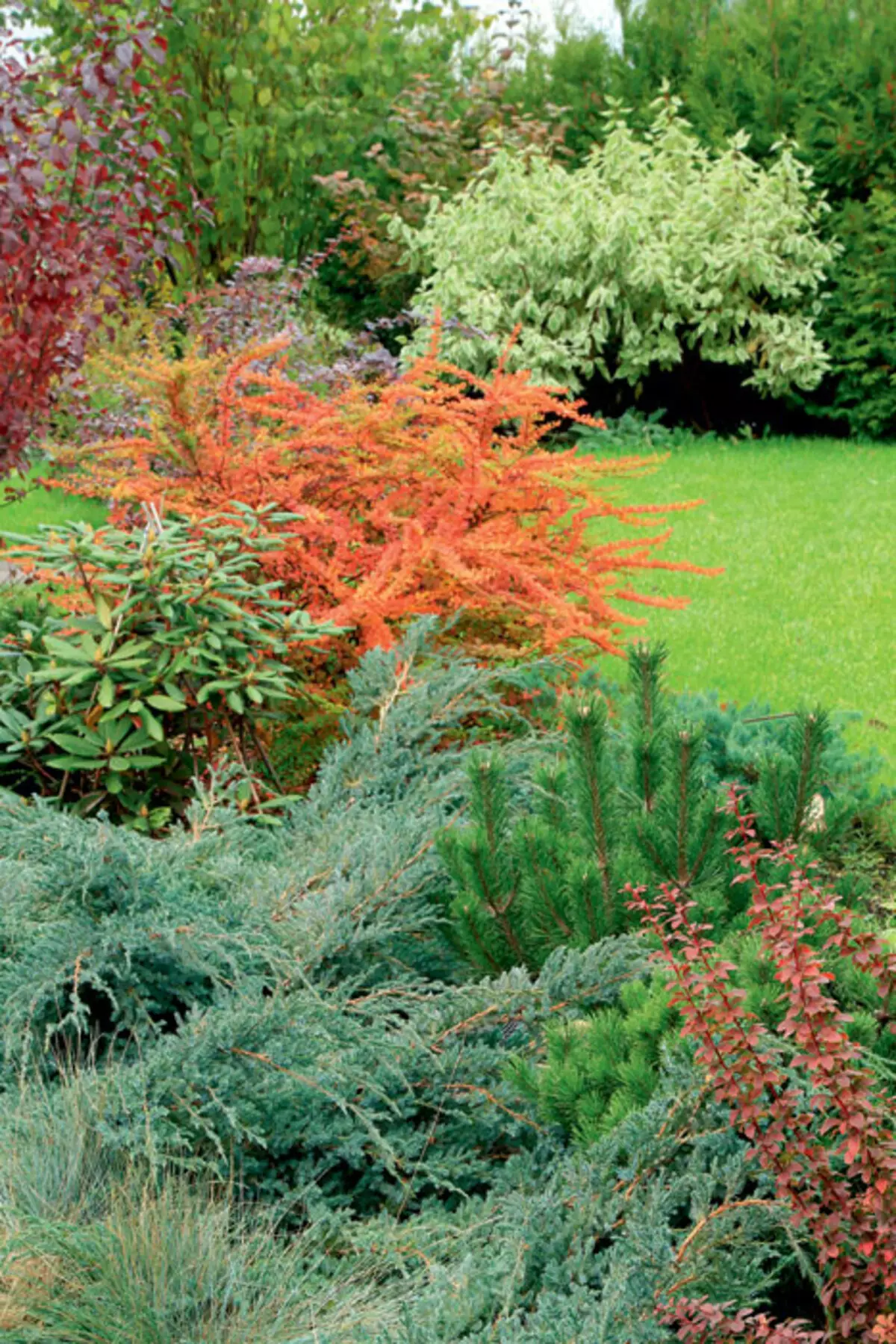
|
4.5. Men's and female copies of ordinary juniper are different in shape: men's - colon-shaped (4), female "shaggy", branched. Plants with light foliage highlight shadow areas (5)
Yes, interest in exotam is natural: people travel a lot, get acquainted with new landscapes - it pushes on experiments. What can serve as a compass when selecting an assortment?
It is worth paying attention to the appearance and size of plants, their compliance with the environmental conditions of the site and, which is very important, winter hardiness. In the early time, the European-American map of plants frost-resistant zones began to be guided. According to it, most of the middle band of the European part of our country, including the Moscow region, enters the zone 4 with minimal temperatures from -28.9 to -34 C. Moscow, as the "Heat Island", falls into the zone 5 (from -23 , 4 to -28.8 c), to which the territory located the south of the St. Petersburg Kurcursk line Smolensk Volgograd belongs. By these cards, this card should be treated quite critically, it still plays certain benchmarks.
So you recommend that with extreme caution to take an ambitious idea of growing plants from a risk group?
Yes. It should be remembered that non-black earth, despite everything, the zone of risky agriculture and gardening remains. Many gambling sites on the plots of thermal-loving and low-gravel plants, for example, the male of evergreens, a top oriental or folded, Maple Japanese Dlanoid, Visteria, Chinese (wisteria), Pieris Japanese. The list of similar plants offered on the market can continue and continue. However, very quickly, gardeners face climate dictatorship. Well, if Trees-Sleeps are not perished in the first winter, but in any case, they will suffer from the cold.
A big attention and deep knowledge of species and varieties also requires the purchase of pines (especially those in the beam of five chewing), tees, cypresses, magnolias, decorative drains and cherries (so-called Sakur). It can periodically freeze forzize the intermediate, quince Japanese, almonds three-bladed and even wow. A minor probability will suffer from Morozov IVA solisted Hakuro-Nishiki, especially its straak form. In short, before you give preference to some kind of tree, simply because it is very beautiful and you like it, it is worth learning more about its ability to winter in your climatic conditions.
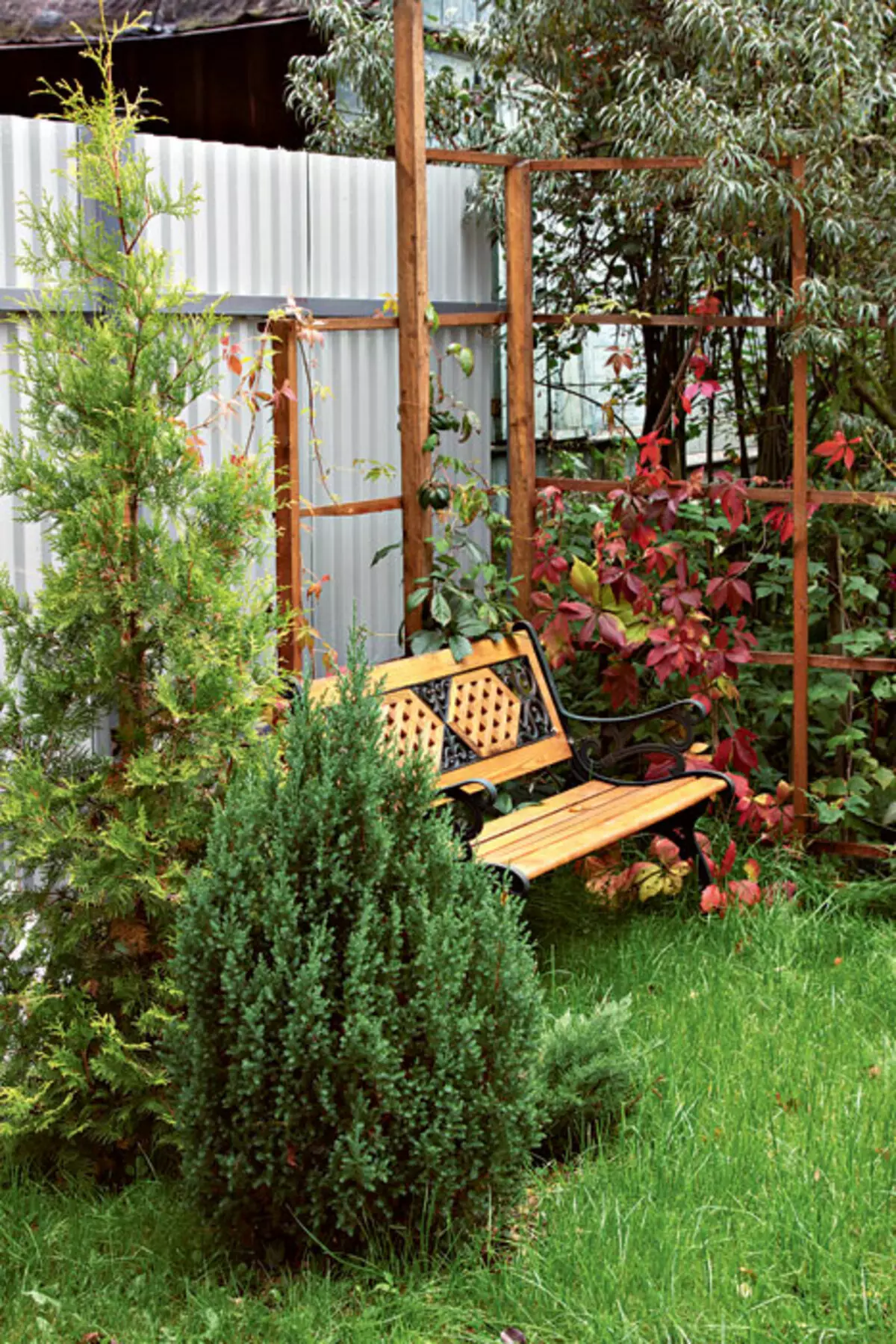
| 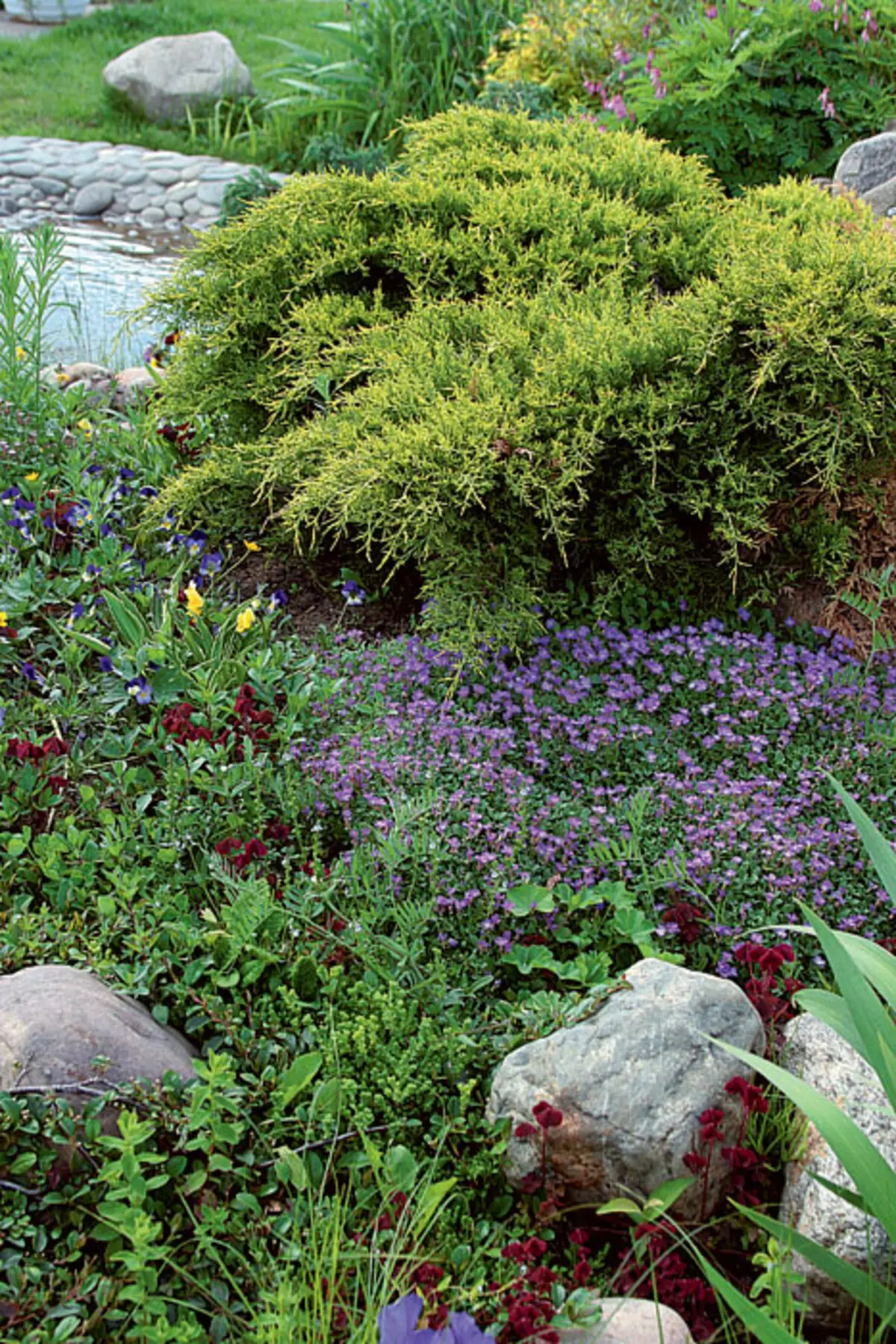
| 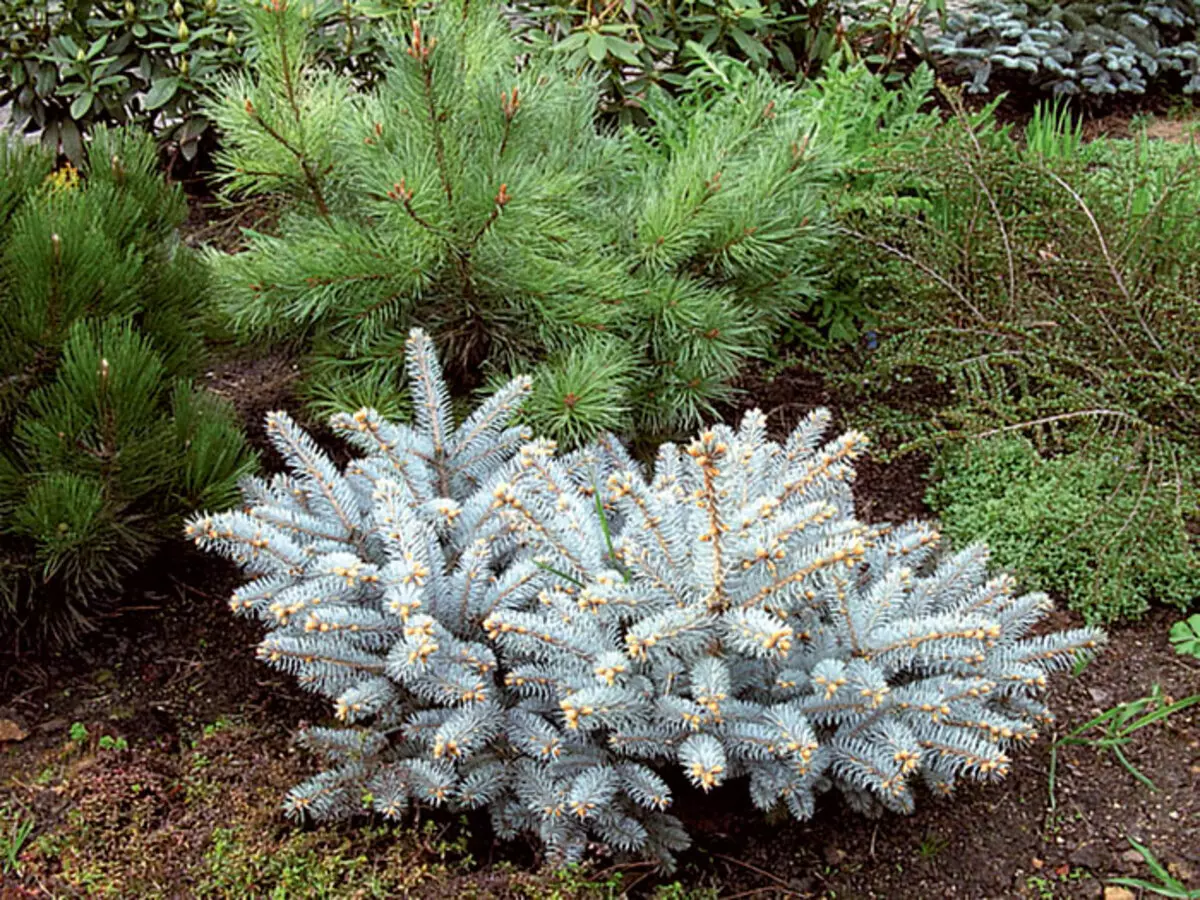
| 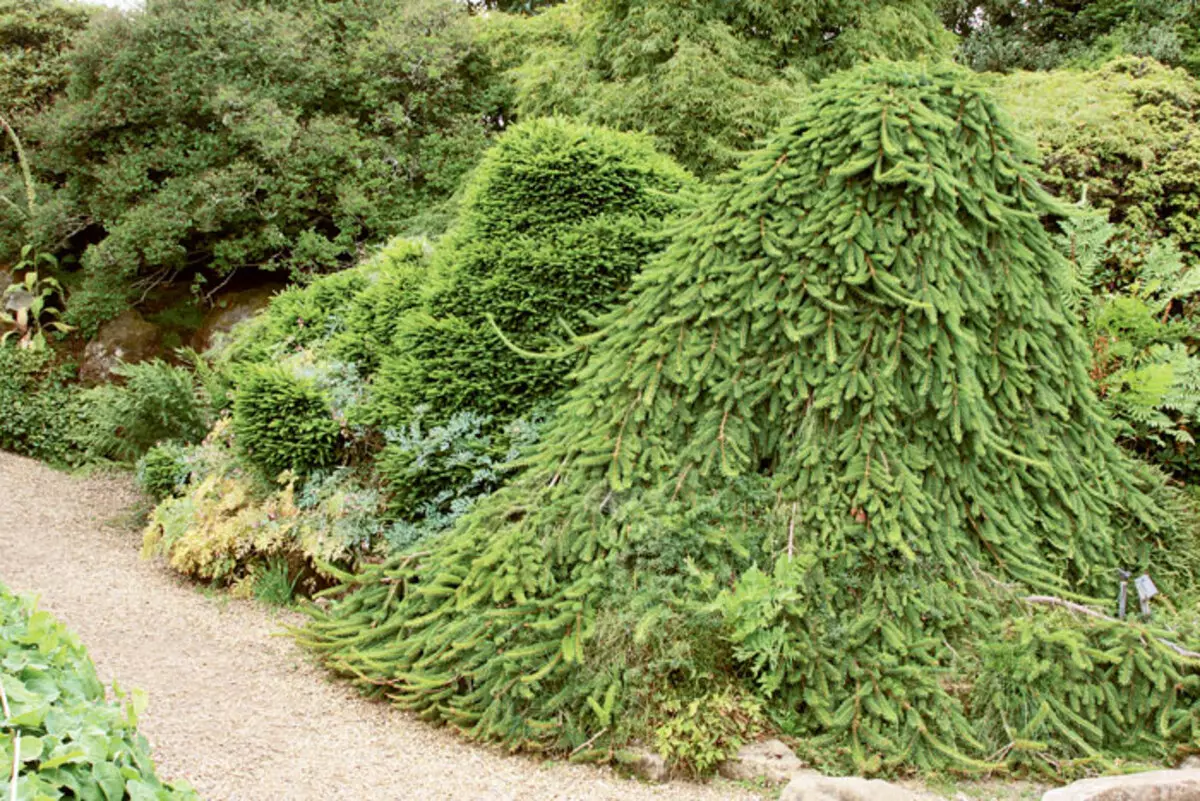
|
6-9. The conifer group from the Tui Western and Juniper Chinese is decorated with a resting corner (6). Steel-shaped forms of juniper medium (7) are drawn up the coastline. One of the most beautiful among conifers, spiny Picea Pungens Glauca Globosa with bluish-silver cheese, is planted next to the pine mountain (8). The shoots of Eli Elegans, grafted on a stumbing height of 1m, asked down the tree resembles a waterfall (9).
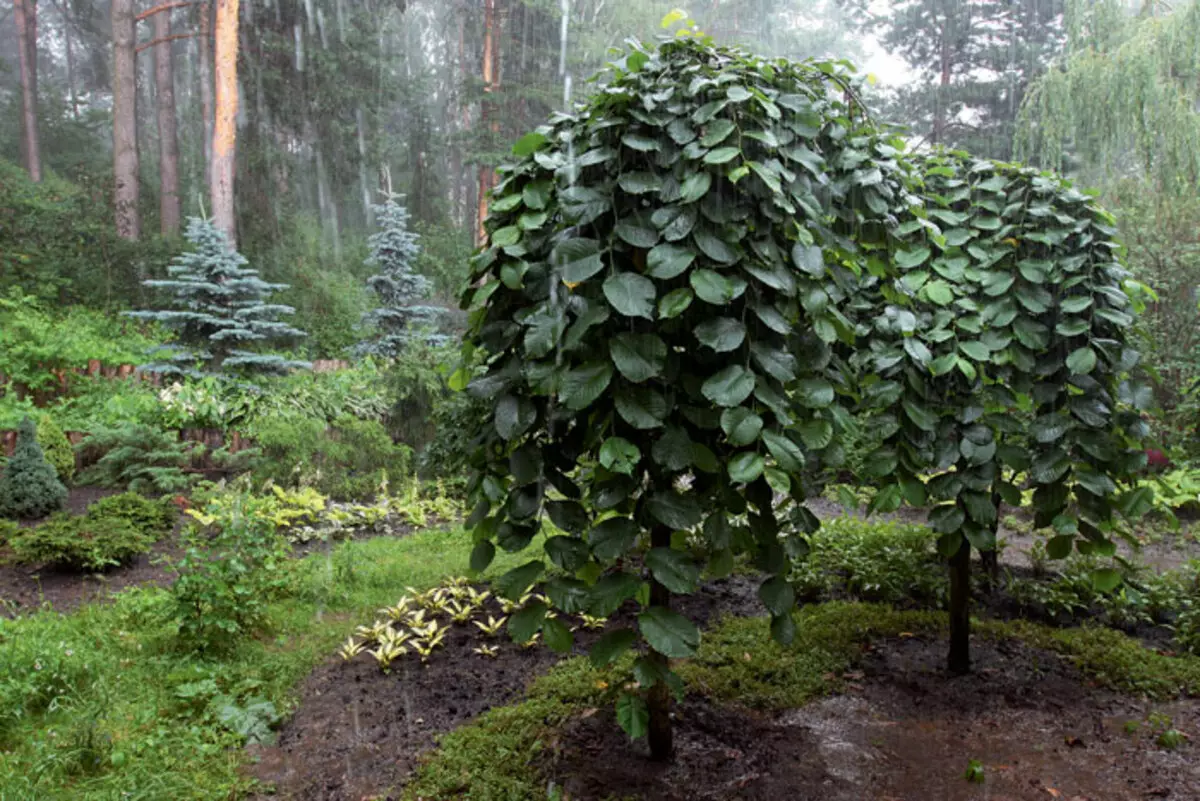
| 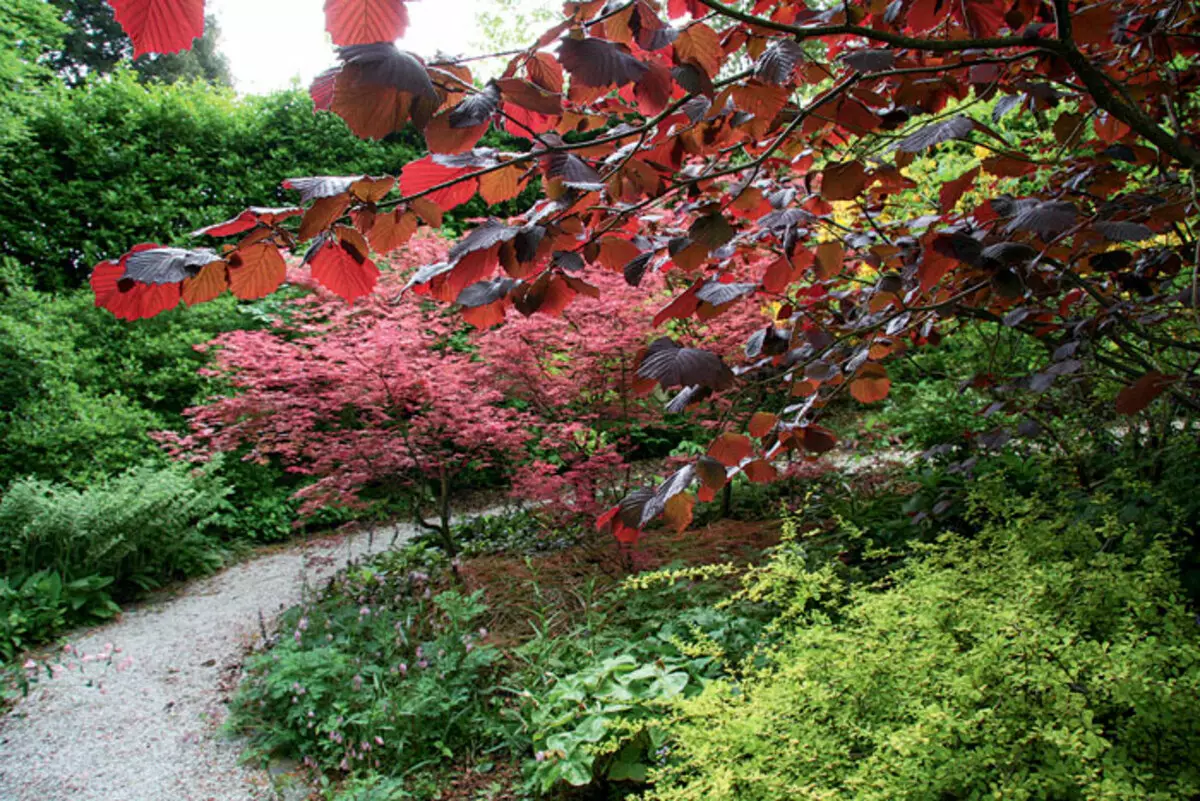
| 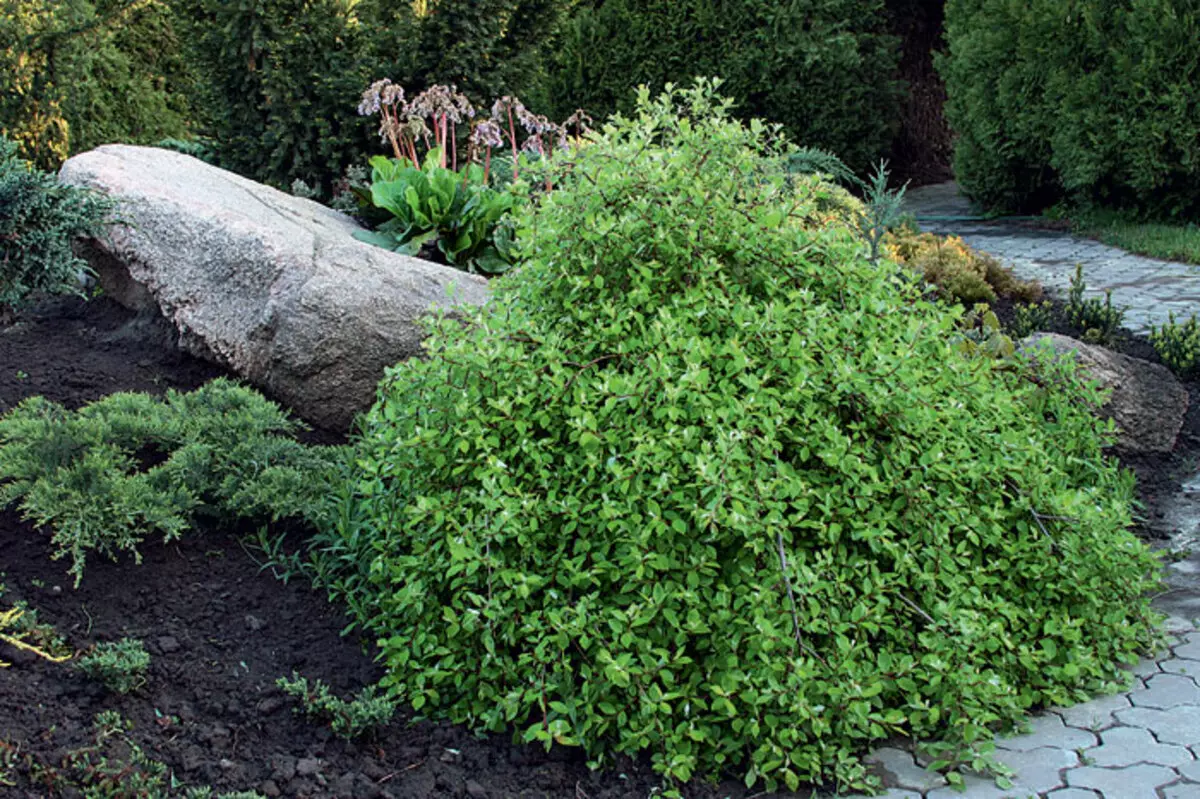
|
10-12. Cascade forms on the strain form not only of coniferous, but also from hardwood, for example, elm of rough campersoni (10) or goat (12). The first is picked up on a ribbed stack of an ordinary height of about 1M (up to four-five trunks at the same time - so that the cascade was voluminous), while the goat stack is of a height of just about 24-30 cm. The bright foliage of the Big Purpurea attracts attention and makes a variety into the overall green tonality of the environment (11).
With a large variety of the proposed planting material, it is difficult to determine the choice. What recommendations can be useful?
First of all, you should pay attention to the origin of the planting material. Plants that bring from southern countries with warm and mild climate (Hungary, Italy, Ukraine, Moldova, Belgium and South Germany) are formed in a short daylight. They may be retarded in their development to the northern latitudes with a long light day in their development, not to complete the growth cycle and prepare for the winter before the onset of cold weather, therefore more often freeze. It is not only about decorative species, but also about fruit cultures, when choosing which you should give preference to proven, zoned varieties. If we talk about the Baltic States and Poland, then the traditional plants for the middle strip, brought from these countries, as a rule, are coming up, winter and vegetate in our conditions sufficiently successfully. But it is best to buy seedlings grown in the nearest to your gardening a nursery. Huscing the range and quality of domestic landing material is mostly far from excellence, in recent years it is clearly obvious progress in this regard. Try not to buy plants with a bare root system, especially coniferous, after planting they are seriously rarely. It is better to choose trees in containers, while at the extraction of whom must keep the shape of the container and be intertwined with roots.
You talked about the popularity of coniferous breeds ... Akaks their decorative potential, how can they be used in the landscape?
With the help of conifers, make up the entrance to the site and transitions between different zones of the garden, they look adequately in the parter parts, and low and sharpening forms are used in rockers, to beat tracks and sites. The best neighbors for coniferge peers, Eric and Rhododendrons. They are capable of harmoniously combined with roses, cereals, soil perennials. Expressive both solvents, and as dominants in spruce groups, fir, larch, pine, thuja western or pseudo-cats Menzis large plants with spectacular, memorable "appearance". In addition to the painting of the needles, the configuration of the crown plays a big role. To create harmony in the group, it is necessary to think through the combinations of plants, different as configuration (wide and narrow pyramids, columns, ellipsed silhouettes), and in shape (brave, spread, prostrate).
Introva Question about the assortment. What are coniferous today in Favor?
The list of coniferous species and varieties used in the garden design is so great that they can be devoted not to one monograph. Very expressive trees, the crown of which resembles a ball, for example, a variety of mountains: bulk GNOM and MOPS, compact humpy and COBOLD and completely miniature ophir and Grune Welle. Ksharyoid or rounded shape of Tui Western Globosa, Tiny Tim, Golden Globe, Woodwardii, Cobold, Hosery. Western Tui Western Danica and Globosa Nana Alternative to the sickness to our climate, they are used to form low borders and closed bosses.
Plants with a prostrate, waxing, stealing and pillowed crowns are good for decorating slopes and stony scales, sweeping vertical forms in groups, edge designs, as well as for visual combining platforms or arbors with surrounding landscape. "Kings" here are different types and varieties of juniper ordinary, Cossack, medium, horizontal, lying, scaly. It can also be a microbiota cross-step, individual varieties of pine and evergreen Tsugi Canadian.
If we talk about conifers, then stably decorative and winter-hardy species should be chosen as accent plants. The second tier is formed from the medium-sized plants with an empty crown of different shades, for example, the Juniper Cossack Blue Danube or the middle Pfitzeriana aurea, open the pine shape of the mountain. The "bobby" compositions with low, fluttering conifers: expressive juniper silver-blue horizontal Blue Chip and Wiltonii and scaly Blue Carpet, aiy Cossack TamarisciFolia and a green common green carpet.
What types do you recommend using for the formation of a living hedge?
It is usually formed from the trees of some kind of rock. For a variety, you can alternate forms with a mustache of different colors or shades of one tone. For hedges from the flock of barrels, green, blue and silvery forms are selected, sometimes mounted in the landing ate broken and ordinary. Valcian from Tui Western with a certain periodicity It is interesting to intersect its conical varieties with a darker-green jewelery (Smaragd), more loose and bright (Brabant), golden-painted (Sunkist, Yellow Ribbon, Europe Gold).
If we talk about deciduous trees, then is it possible among them to allocate the most popular "stars", which would be climately stable?
From winter-hardy, relatively unpretentious plants in demand for birch (fluffy and hanging, especially its compact shapes. Wabbachy Youngii and Tristis and laciniata openwork leaves), Maple (Ginnala, Manchurian and Silver) and Rowan (ordinary, American, powdery and intermediate). On the plots of a fairly large size as solitizers, the oak red, the lime of the mellular and large-scale, horse chestnut, the monster, is located. Like solitors, it looks good in wood plants with a translucent crown and an openwork Maak's cherry and virgin cherry silhouette, Japanese bugger, a tree-like Karagan, Irga Lamarck.
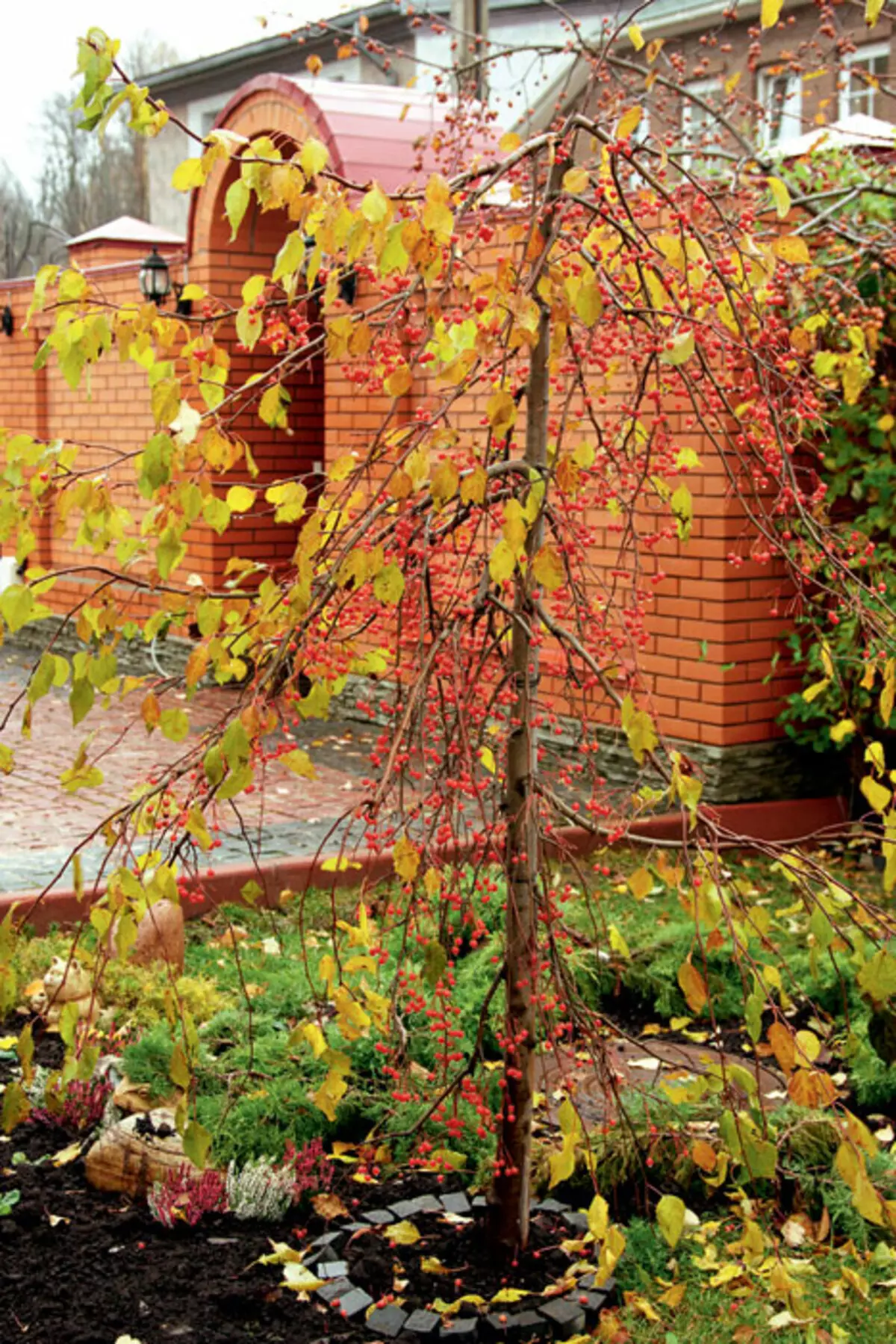
| 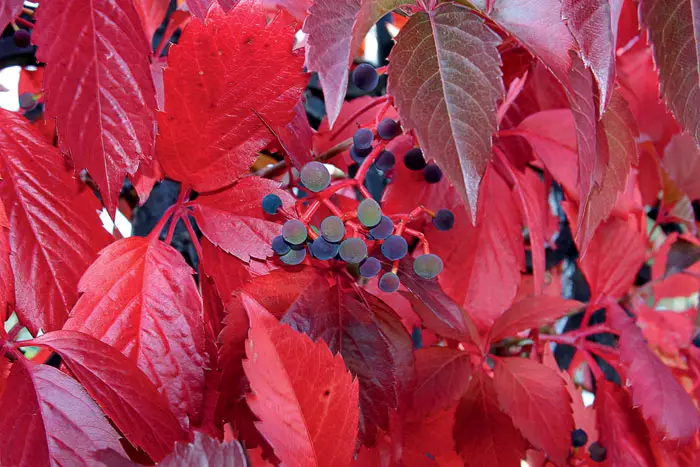
| 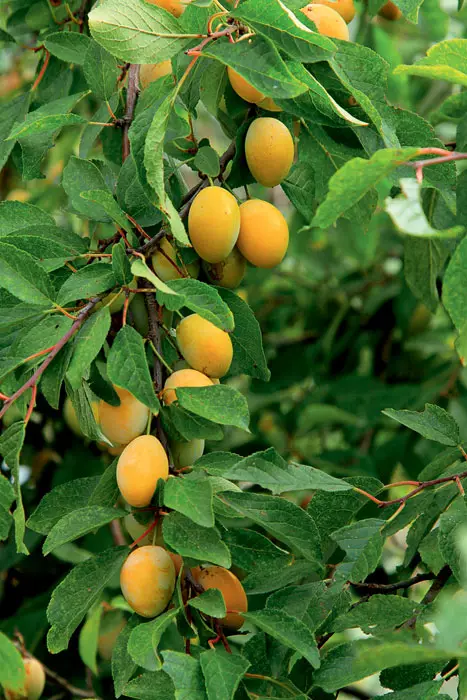
| 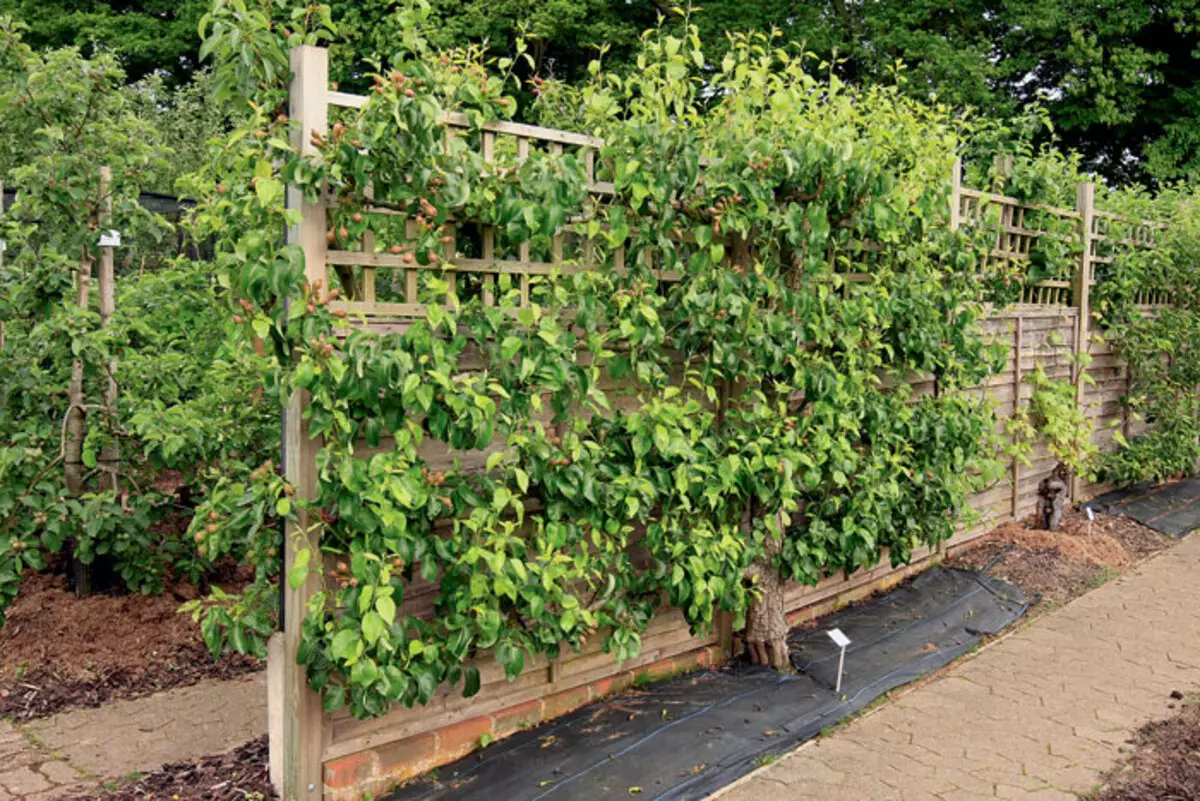
|
13-17. Autumn exposes the branch of the trees. Especially beautiful cribs, for example, an apple tree berry (13). Decorative grapes (14) and a yellow plum (15) closer to autumn picturesque with their fruits. Pear (16) and apple trees (17) grown on a grinder give a more abundant harvest of early ripening. This is due to the link to the crown. The best option is to plant a deorder face south.
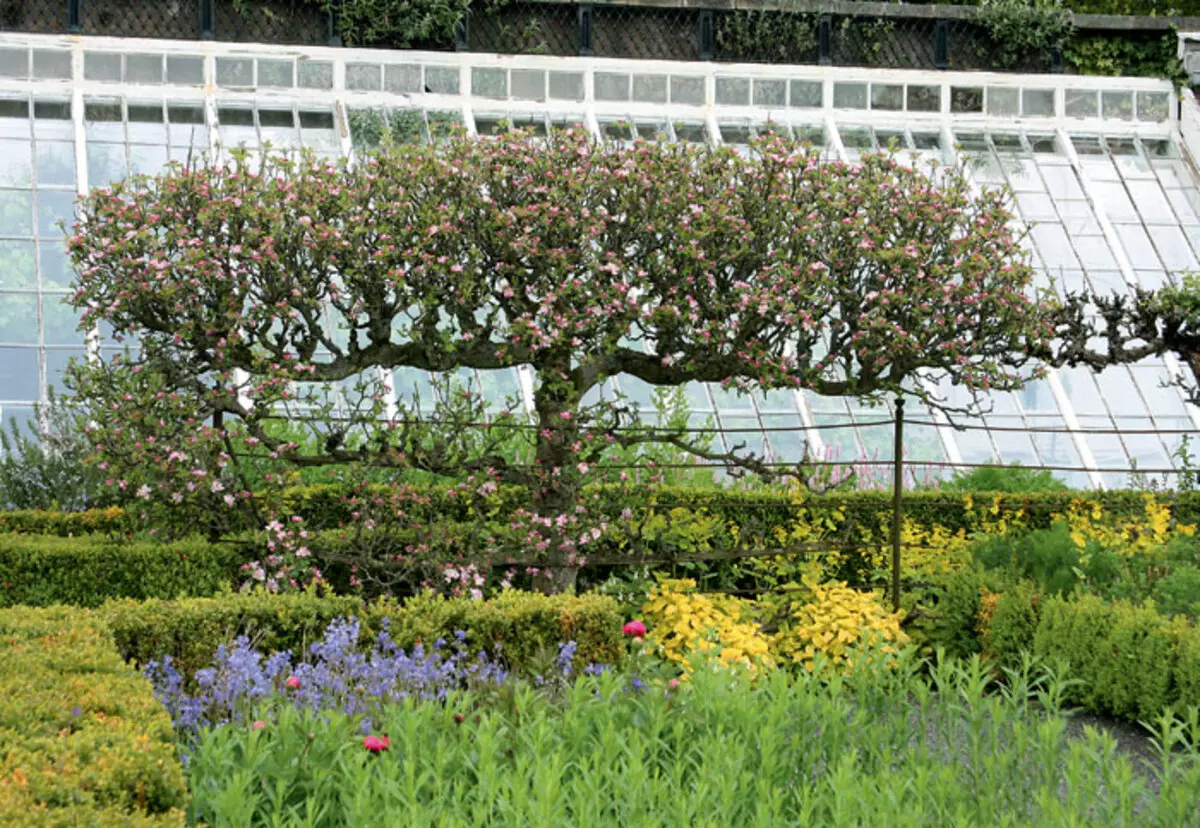
| 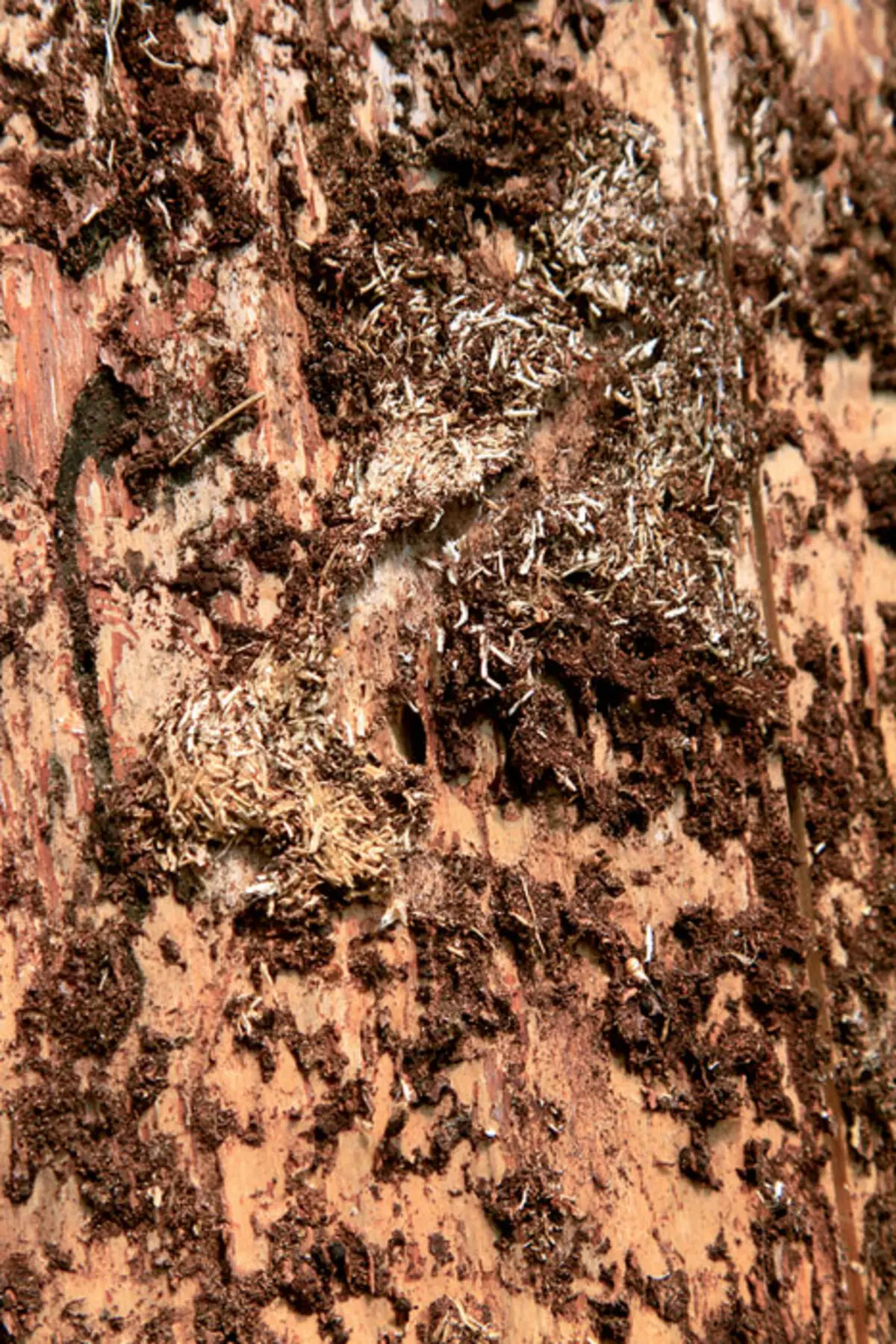
| 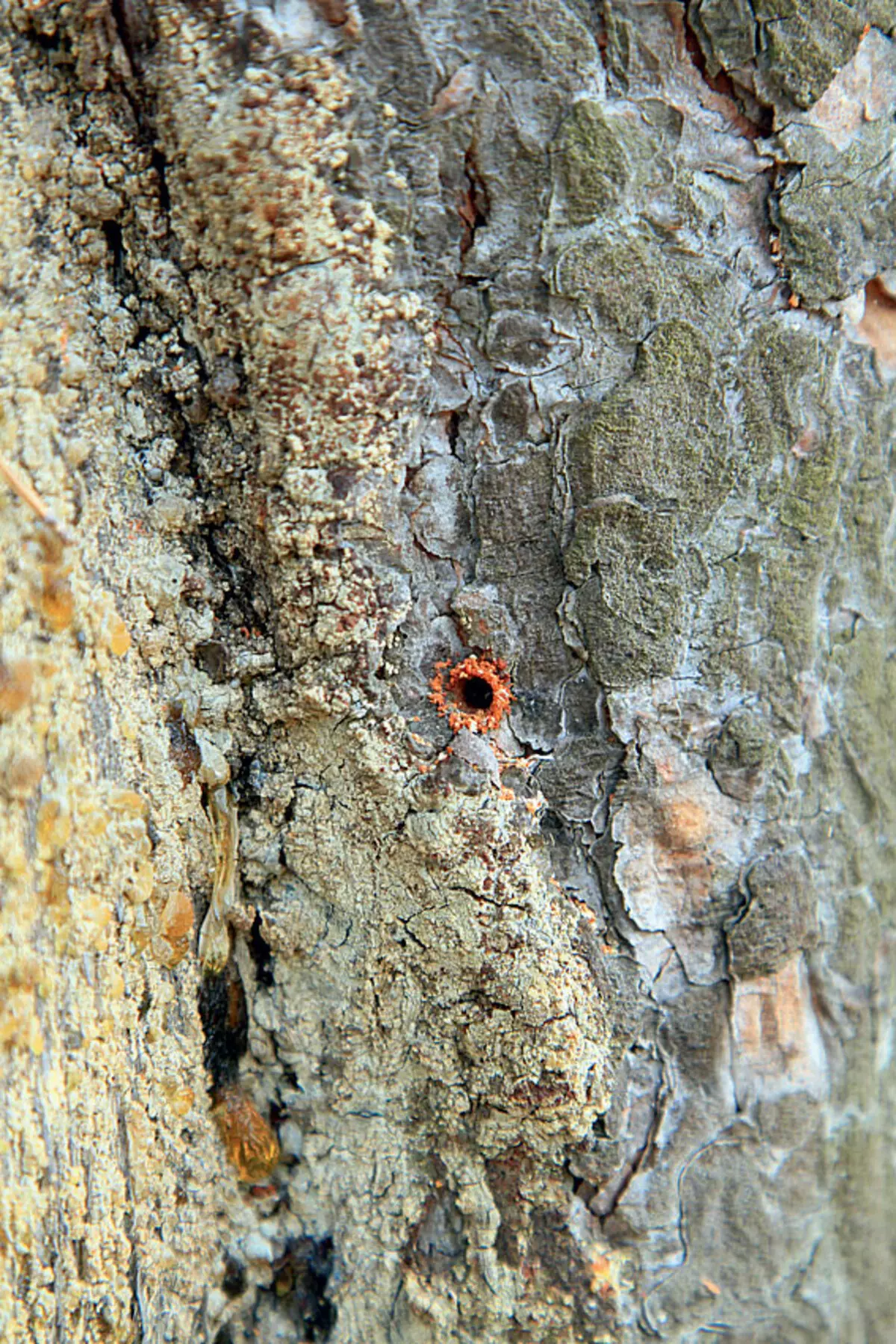
| 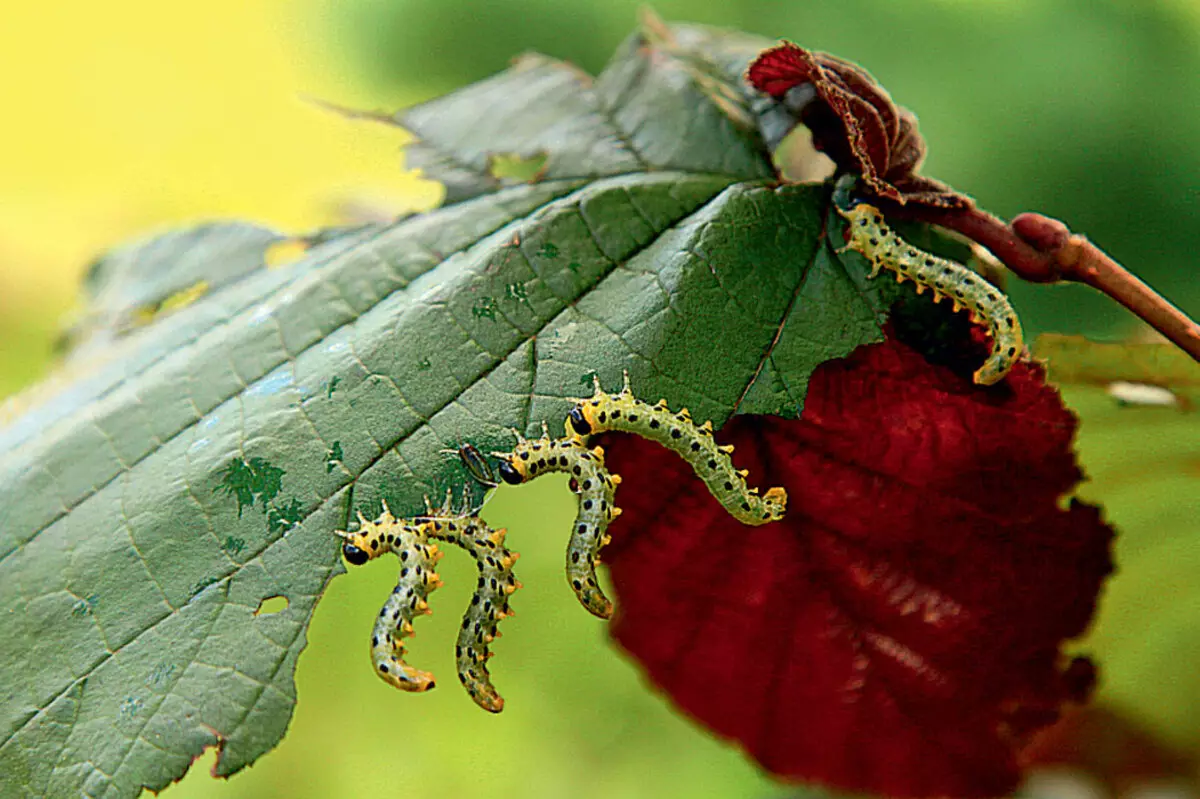
|
18-23. Problem status of plants: Coroed eats moves in the trunks of coniferous trees (18, 19); Nut wavy attacks the foliage of nuts (20); Mildew (21) are susceptible to lilac, currant, viburnum, barberry; Monylize (22), striking, as a rule, bone cultures has intermediate hosts - for the pine of Weimutov in this role the currant bushes are acting; Bubble rust (23).
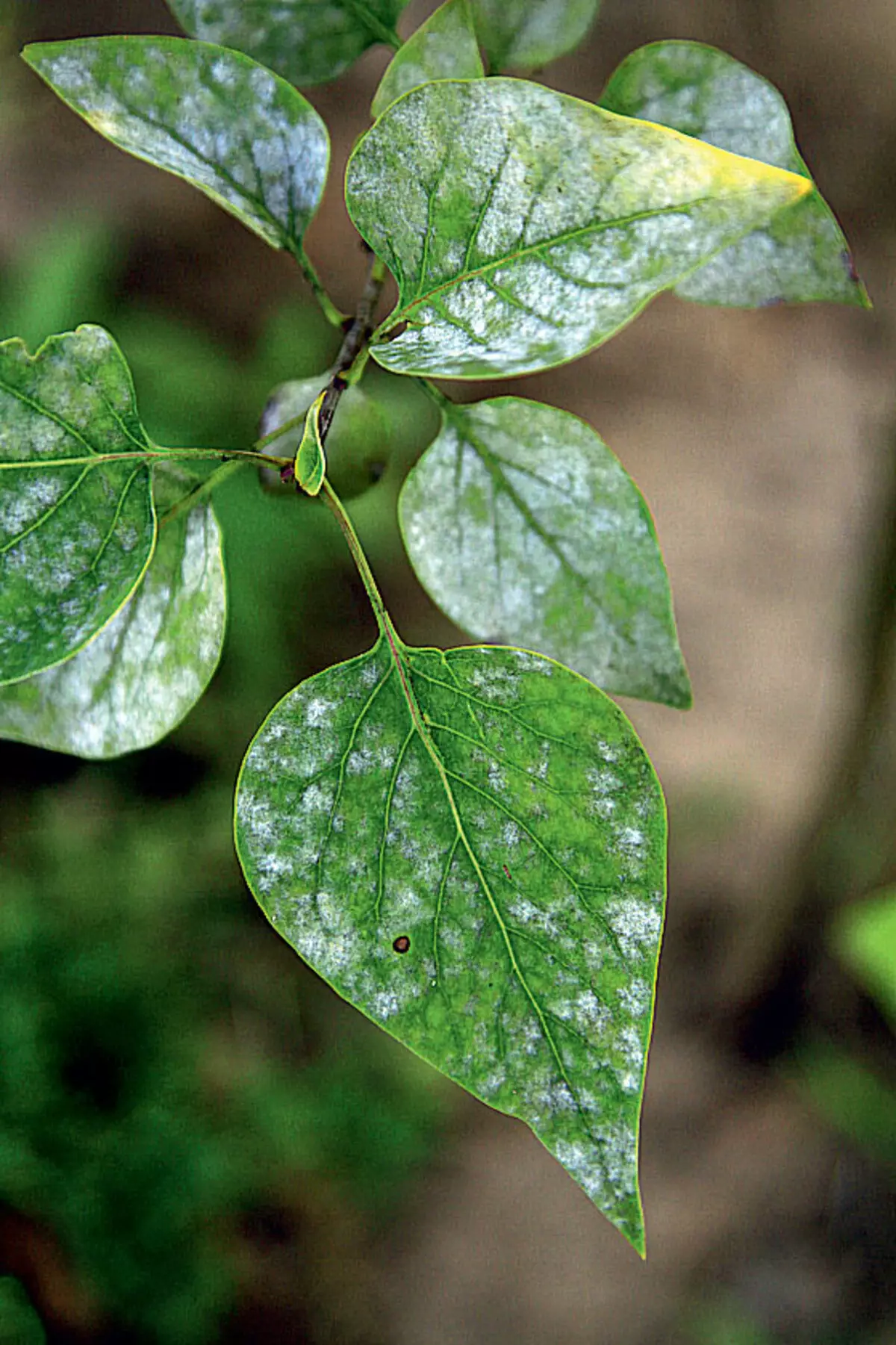
| 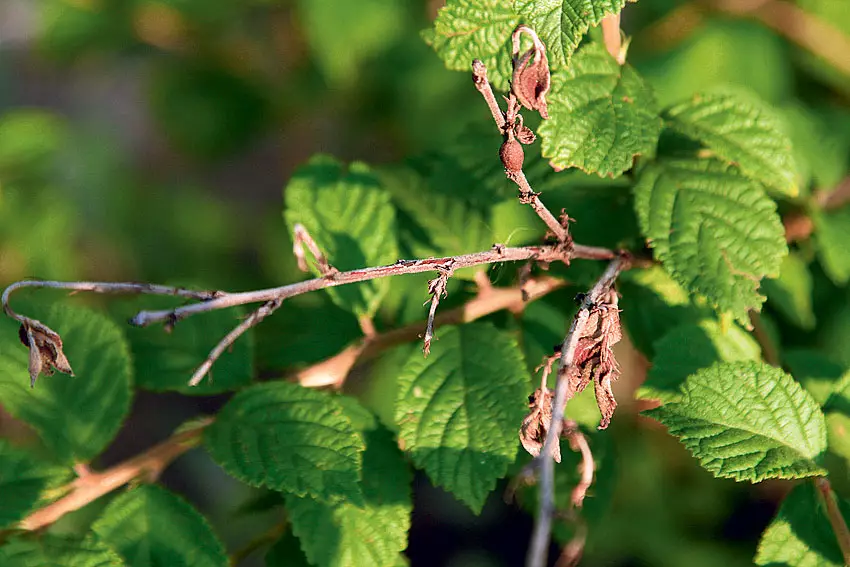
| 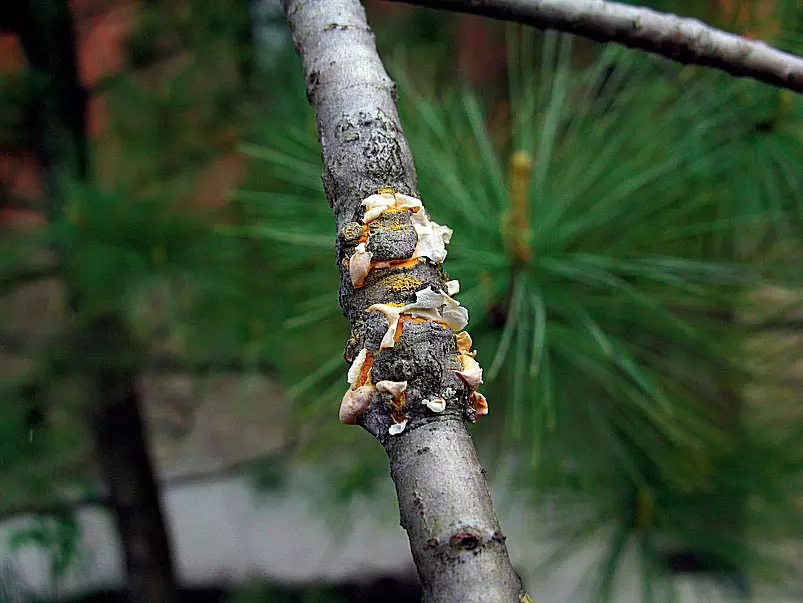
|
The fruit garden, as you mentioned at the beginning of the interview, is increasingly inferior to decorative landings. However, some gardeners still retain the commitment to planting precisely fruit trees. What trends to change have been laundered in this regard lately?
Now more and more often for a small household site, you are trying to choose a low-spirited variety on semi-dwarf and dwarf bed (for example, the Budagovsky paradise on the apple tree). Growing trees have a fairly compact crown and fit well into the design of a small-sized garden. Cultivat and column varieties of apple trees, practically preventing side skeletal branches, but nevertheless sufficiently high-altitude. If we talk about such apple trees, then among the most popular - the president, "Malyuha", "Iksha", "currency". Also at the peak of fashion, the cultivation of so-called multi-sagedes. Each of them represents several different varieties of apples or pears whipped into one dot.
The result is a gardener gets an unusual tree, giving a "solid-caliber" harvest. Such trees are sufficiently resistant to adverse climatic conditions, have an original appearance. Each of them can replace several apple trees or pears at once. In addition, as a result of mutual pollination of flowers from different varieties, yields are usually good.
Is it possible to talk about fruit trees as about decorative?
Yes, there is such a tendency - decorate the area of apple tops. To do this, use conventional fruit varieties with a beautifully formed crown, but more often - fine-cooled decorative species: apple trees berry, creamy, unzoretsky, sargent IDR. They stand out in the garden not only at the time of bright spring flowering, replacing the famous Sakura, but also in the autumn period paint the garden in different colors. Smoothed varieties (Prairie Fire, Liset or Rudolf) pinkish, Punchovaya or purple foliage is preserved throughout the growing season. Very decorate the garden in spring blooming cherries, not only cultural varieties, but also its species - felt, sandy, steppe. Transform garden in spring and plum. Only to plant must necessarily have several trees near so that they are reversible. The most purchased varieties - "Hungarian Moscow", "Red Ball", "Eurasia 21", "Alenushka", "SPRING".
Selection of suitable species and varieties is just the first stage of working with trees. What difficulties may arise in addition to the obligatory "slaughter on the schedule" (watering, feeding and trimming)?
A real disaster for fir and pines in the suburbs and some other regions were koroedy. They are attributed to the group of pests of xylophages (besides the coredists in this group also hurt, Usachi) - they are striking wood, overlooking the crust. The invasion of koroedov is due to the fact that the forests of the Moscow region in the last years abandoned and do not receive proper care, there are also damage to trees during development.
Vitoga dries huge on the area of arrays - the fight against the kororades is complex and costly. As a result, private landscapes suffer. If we talk about fruit diseases, then at the level of the epidemic today they spread through our gardens a bacterial burn of seeds (striking an apple tree and a pear), slurry, kokkkomikosis (his signs - drying and falling leaves) and monilial burns of stone crops. The bodies of problems and diseases lead as an incorrect landing - on places with high groundwater standing (less than 1.5-2m) and winter planting of material with a carbonated root room and poor spring shed trees.
